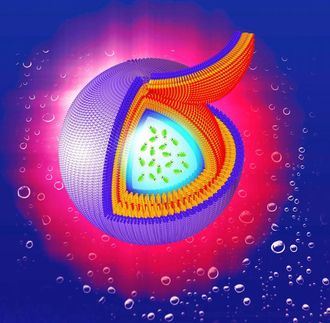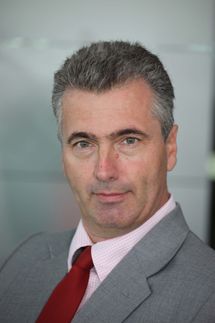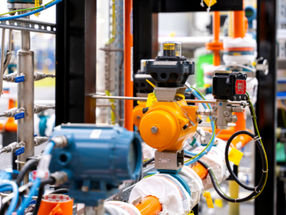Integrated investments underpin the Shell Chemicals strategy for growth in Asia Pacific
Advertisement
With an extensive petrochemical manufacturing base in Singapore and another major complex in southern China on track for completion by late 2005, Shell chemicals companies are well positioned to meet the growth in demand for petrochemical products in the region.
Tan Ek Kia, Executive Vice President, Business Units and Procurement in Shell Chemicals, says: "Industry analysts estimate that between 1980 and 2010 chemicals demand is expected to triple and trends suggest the higher levels of demand growth will be in the developing countries, particularly in Asia. Within this region, China plays a major role and the continued growth of its petrochemical demand is significant for the global industry and for Singapore, and provides an insight into the Shell Chemicals strategy in Asia. Shell's intention is to investment in regions where future demand will be greatest. "
"Looking ahead, by 2010, Shell chemicals companies expect to have roughly 35% of their capital employed in the Asia Pacific Middle East (APME), and the new joint venture complex in Daya Bay, southern China will be a key factor in this," he says. In 2000, some 25% of the capital employed by Shell chemicals companies was in APME.
Shell's global strategy for chemicals is to enhance cost competitiveness and performance of existing assets in the more mature markets of Europe and North America while investing in new capacity and plants in growth regions like China. Underpinning this strategy is the need to maximise the value from the oil-chemicals interface and increase the percentage of cost advantaged feedstock used. Shell's chemicals portfolio focuses on cracker plus first-line derivatives.
Shell has been manufacturing chemicals in Singapore since 1969 when a petrochemicals plant was built at Shell's Bukom refinery. "From this base, the expansion of Shell's chemicals assets began in earnest, mainly joint venture operations. Today, Shell investments in Singapore amount to over USD2 billion, making Shell one of the largest petrochemical investors in Singapore," says Tan Ek Kia.
Chemicals manufactured by Shell's facilities in Singapore are also exported to China, India, Thailand, Korea, Taiwan, Australia, Africa, North America and Dubai.
While noting that geographically Singapore is well positioned to supply the growing markets in Asia, Mr. Tan adds that there are several other important reasons why Shell chemicals companies have invested in such a significant asset base. He points to stable, consistent government, Singapore's well-established and efficient industrial base, and the high skill levels, energy and creativity of its people. A further factor, to be noted by potential investors, was the ability of the Economic Development Board of Singapore to encourage and assist with investments.
Turning to China, Mr. Tan explained that Shell's decision to build a joint venture complex with China National Offshore Oil Company (CNOOC) was firmly based on its partner's size and presence, commercial strength and success and managerial and technical expertise.
With initial planned production capacity of 2.3 million tonnes, the new complex is planned to start up in late 2005. It will supply products primarily to local chemical plants and to customers in Guangdong province and the high consumption areas of China's southeast coastal economic zones where demand is projected to remain strong. A small number of products will be exported.
In Singapore and China, Shell has focused investment in new production capacities for styrene monomer, propylene oxide, ethylene oxide/glycols, polyols and MPG. In every case, the products are integrated within the Shell Chemicals portfolio and experiencing rapid regional demand growth. In China, for example, styrene monomer demand rose 500 per cent from two million tonnes per annum (tpa) to ten million tpa between 1986 and 1999, while demand for PO/polyols/MPG is growing by some nine per cent/year.
































































